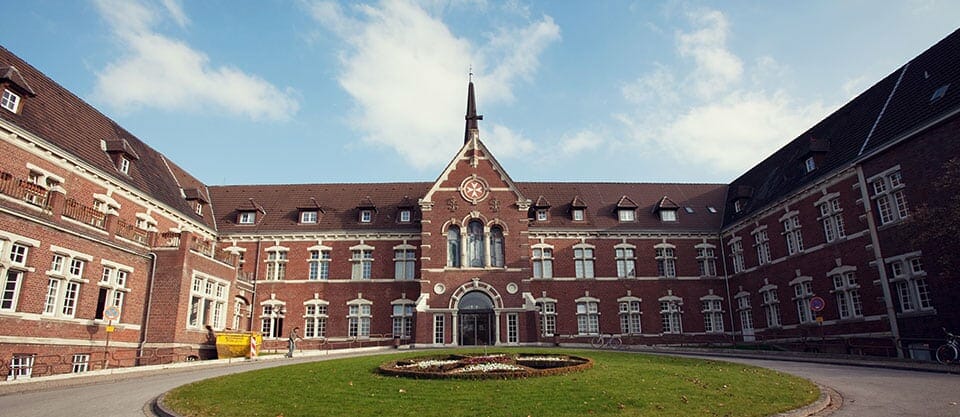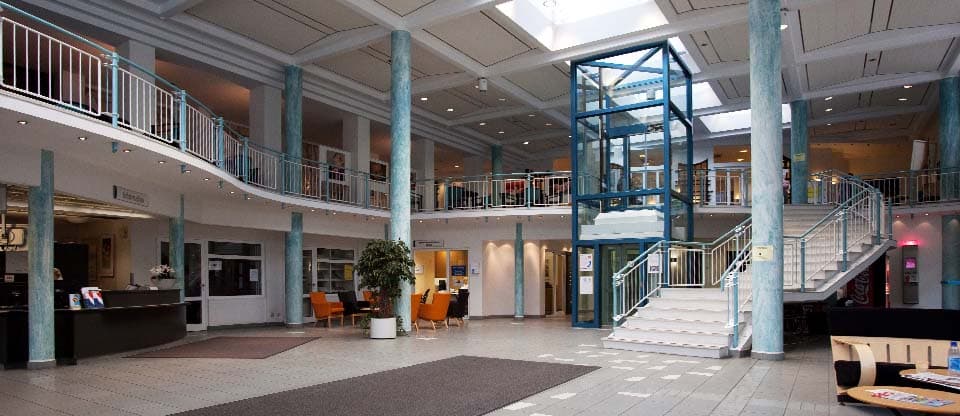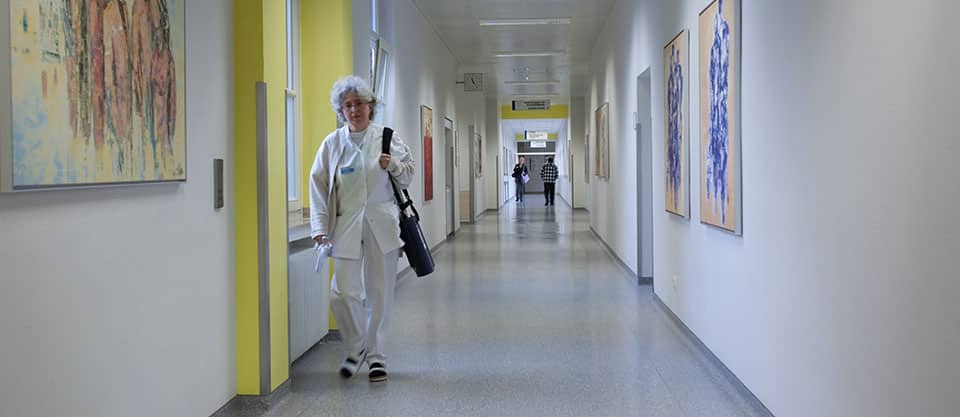When all conservative therapeutic options have been exhausted, and pain continues to exist, in order to restore the quality of life, the question of surgery should be raised. In the event that there is already a lesion of the nerve root in the form of a violation of sensitivity or paresis, or even in the form of a disorder in the function of the pelvic organs (difficulty in controlling urination and defecation), this, almost always, without exception, is an indication for surgical treatment.
In order for the nerve root to be able to recover, it is necessary to free it from the effects of a herniated disc as soon as possible. The longer before the operation there is a disorder of sensitivity and paresis, the less chance there is for a full recovery.
And, on the contrary, if the symptoms of the disease are amenable to conservative methods of treatment (infiltrations, microtherapeutic methods), the operation should be refrained from. In our country, only about 10% patients with herniated intervertebral discs receive surgical treatment.
The course of surgery for a herniated disc of the lumbar spine
Whenever possible, endoscopic surgical techniques are used today. At the same time, there is almost no skin incision: a thin tube, 8 mm in diameter, is brought to the disc herniation under X-ray control. Then the doctor can observe the surgical field on the monitor and perform the operation in depth, in order to remove the disc herniation from the spinal canal, there is no need to expose the spine, as well as the spinal canal. If, due to the location of the herniated disc, endoscopic surgery is not possible, then operations today are performed only with the help of an operating microscope. With this so-called microsurgical technique, the length of the skin incision is about 4 mm. The opening of the spinal canal itself is only a few millimeters. Under a microscope, a hernia and a damaged nerve root can be identified. The hernia is carefully released and removed. Under the operating microscope, the surgeon has an optimal view and can clearly separate the nervous tissue from the scar tissue and from the tissue of the intervertebral disc. We are talking about a very gentle operational technique.
If only fragments of the disk are removed from the spinal canal, they speak of the removal of a sequester or sequestrectomy. In case of detection of large free spaces in the fibrous ring, due to the release of disc tissue from it, mobile and damaged tissues from the intervertebral space should be removed. In this case, you need to ensure that all free disk fragments are extracted. The remaining tissues remain and a sufficient buffer zone is formed between the vertebrae. When tissue is removed from the region of the intervertebral disc, they speak of a nucleotomy. Both endoscopic and microsurgical operations are performed under general anesthesia. In both cases, the patient rises already on the second day after the operation.
Head of the Clinic for Neurosurgery and Spine Surgery
Head of the Interdisciplinary Neurological Center
Video
Request appointment
Useful links














